To be housed in the 1460 armoury building Sale d’Armi in Arsenale, Venice, this year’s Singapore Pavilion responds to the 18th International Architecture Exhibition’s theme — The Laboratory of The Future — but taking the form of a giant evolving machine that seeks to understand our true desires for how we live in the city.

The centrepiece of the pavilion is a Values Measurement Machine, a spectacular series of analogue plotting machines that mark data on 5-metre tall calligraphic scrolls that are constantly moving
May 12th, 2023
Running from 20 May to 26 November, this years Venice Architecture Biennale features the Singapore installation entitled “WHEN IS ENOUGH, ENOUGH? The Performance of Measurement”. It’s curated by Singapore Institute of Architects President Ar. Melvin Tan, with council member and architect extraordinaire Ar. Adrian Lai, whose work includes Khong Guan Building (with Meta, 2018), Gardens by the Bay in Singapore, Bridge Learning Campus in Bristol, and Guangzhou International Finance Centre in China (with Wilkinson Eyre, 2005-2012). They are joined by fellow council member Ar. Wong Ker How, founding partner of ASOLIDPLAN and superstar of contemporary residential Singaporean architecture.
The pavilion aims to open up dialogue about new ways of measuring and evaluating the intangibles we design to – attributes such as agency, attachment, attraction, connection, freedom, and inclusion – and asks in particular: how much is enough?

Taking the premise established by Louis Kahn — “a great building, in my opinion, must begin with the unmeasurable, go through measurable means when it is being designed, and in the end must be unmeasurable” — the curators have devised the centrepiece of the pavilion as a Values Measurement Machine. Comprising a spectacular series of analogue plotting devices that mark data on 5-metre tall calligraphic scrolls, which are constantly in motion, the machine asks the question. In building a lovable city, how do we measure the unmeasurable — agency, attachment, attraction, connection, freedom, inclusion?
To help answer, visitors to the pavilion are invited to respond to six questions around the intangible elements of the city and reflect on the qualities that can transform the urban landscape beyond a human-orientated city to a worldly, lovable one. Navigating through a spectrum of artistic renders, visitors will pinpoint the critical balance of qualities to evoke their desired habitat, weighing up their preferences and registering these values.
Related: Trent Jansen’s Venice residency
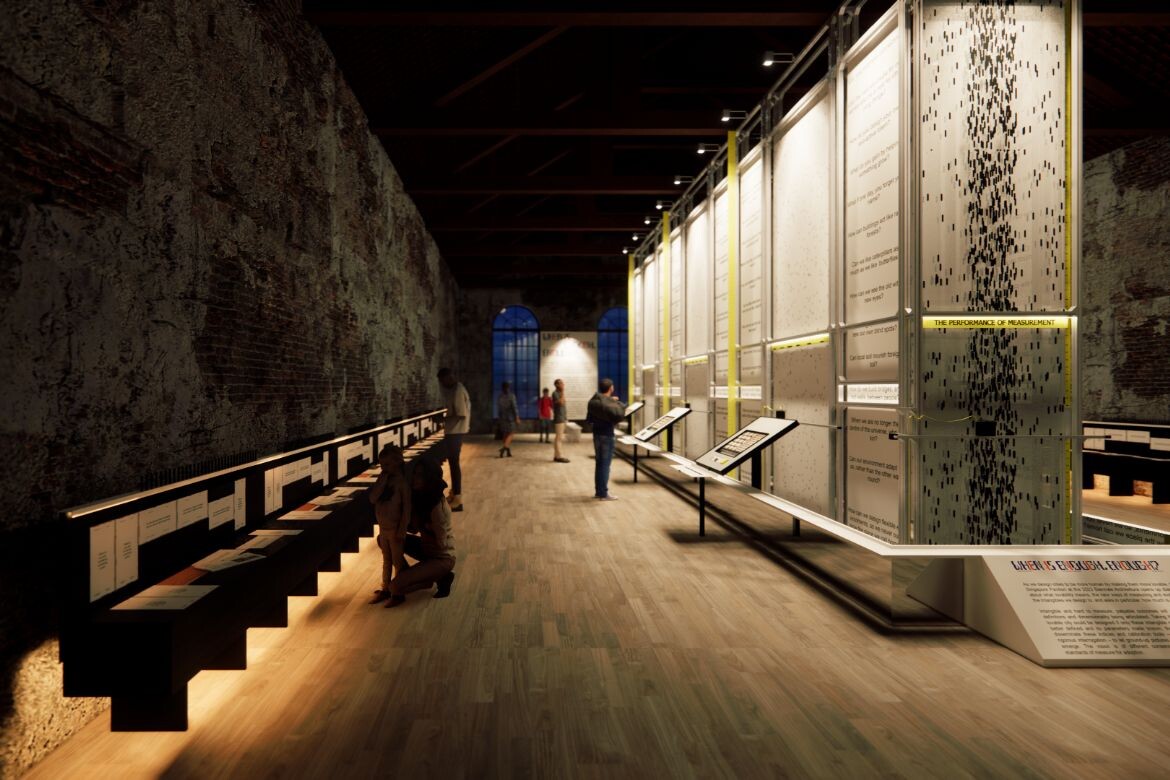
This act of weighing and registering values will form the body of the artwork, with the collected data plotted on the large calligraphic scrolls, in a real-time display of consensus and contradiction that takes place over the six months of the Biennale Architettura 2023.
Accompanying the machine are exhibits containing 41 other questions. Each of these invite visitors to pause and learn more about the research of architectural practices involved in the pavilion. Their work on measuring intangibles, while designing for issues such as dementia and neurodiversity, rewilding, biodiversity, nutrition, and biomimicry ecosystems will form the focus of these explorations.

The set of exhibits and questions was created in collaboration with architects and researchers whose practices deal with agency, attachment, attraction, connection, freedom in the city and inclusion. In examining design processes that work for these six goals, the Singapore Pavilion uncovers challenges and contradictions, and brings to light methods of addressing diverse preferences and the conundrums that arise.
The 2023 Singapore Pavilion was co-commissioned by the Urban Redevelopment Authority (URA) and the DesignSingapore Council (Dsg), and organised by the Singapore Institute of Architects (SIA).
Venezia Biennale Architettura 2023
labiennale.org
Urban Redevelopment Authority
ura.gov.sg
Design Singapore Council
designsingapore.org
Singapore Institute of Architects
sia.org.sg
We think you might also like this story on Burnt Ends in downtown Singapore.
INDESIGN is on instagram
Follow @indesignlive
A searchable and comprehensive guide for specifying leading products and their suppliers
Keep up to date with the latest and greatest from our industry BFF's!

For Aidan Mawhinney, the secret ingredient to Living Edge’s success “comes down to people, product and place.” As the brand celebrates a significant 25-year milestone, it’s that commitment to authentic, sustainable design – and the people behind it all – that continues to anchor its legacy.

The undeniable thread connecting Herman Miller and Knoll’s design legacies across the decades now finds its profound physical embodiment at MillerKnoll’s new Design Yard Archives.

A longstanding partnership turns a historic city into a hub for emerging talent

London-based design duo Raw Edges have joined forces with Established & Sons and Tongue & Groove to introduce Wall to Wall – a hand-stained, “living collection” that transforms parquet flooring into a canvas of colour, pattern, and possibility.

In this comment piece by Dr Matthias Irger – Head of Sustainability at COX Architecture – he argues for an approach to design that prioritises retrofitting, renovation and reuse.
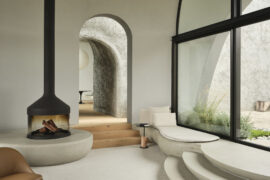
Leeton Pointon Architects and Allison Pye Interiors have been awarded as the winner of The Living Space at the INDE.Awards 2025 for their exceptional project House on a Hill. A refined and resilient multigenerational home, it exemplifies the balance of architecture, interior design and landscape in creating spaces of sanctuary and connection.
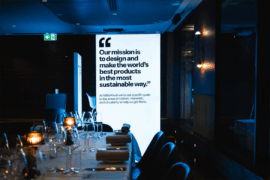
MillerKnoll reimagines the convention of dinner table interactions by plating up a future-forward menu of sustainable design conversation starters as part of the inspiring “Conversations for a Better World” event series.
The internet never sleeps! Here's the stuff you might have missed
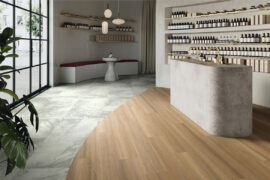
Karndean’s newly evolved Opus range brings versatility and durability to the forefront of commercial flooring. Blending design-led aesthetics with robust, high-performance functionality, it’s a go-to solution for spaces that demand both style and resilience.
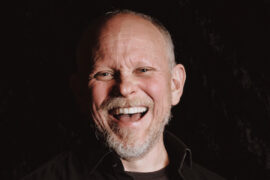
In Tasmania, Stuart Williams crafts his work with care and creates objects of desire with sustainability at their heart.